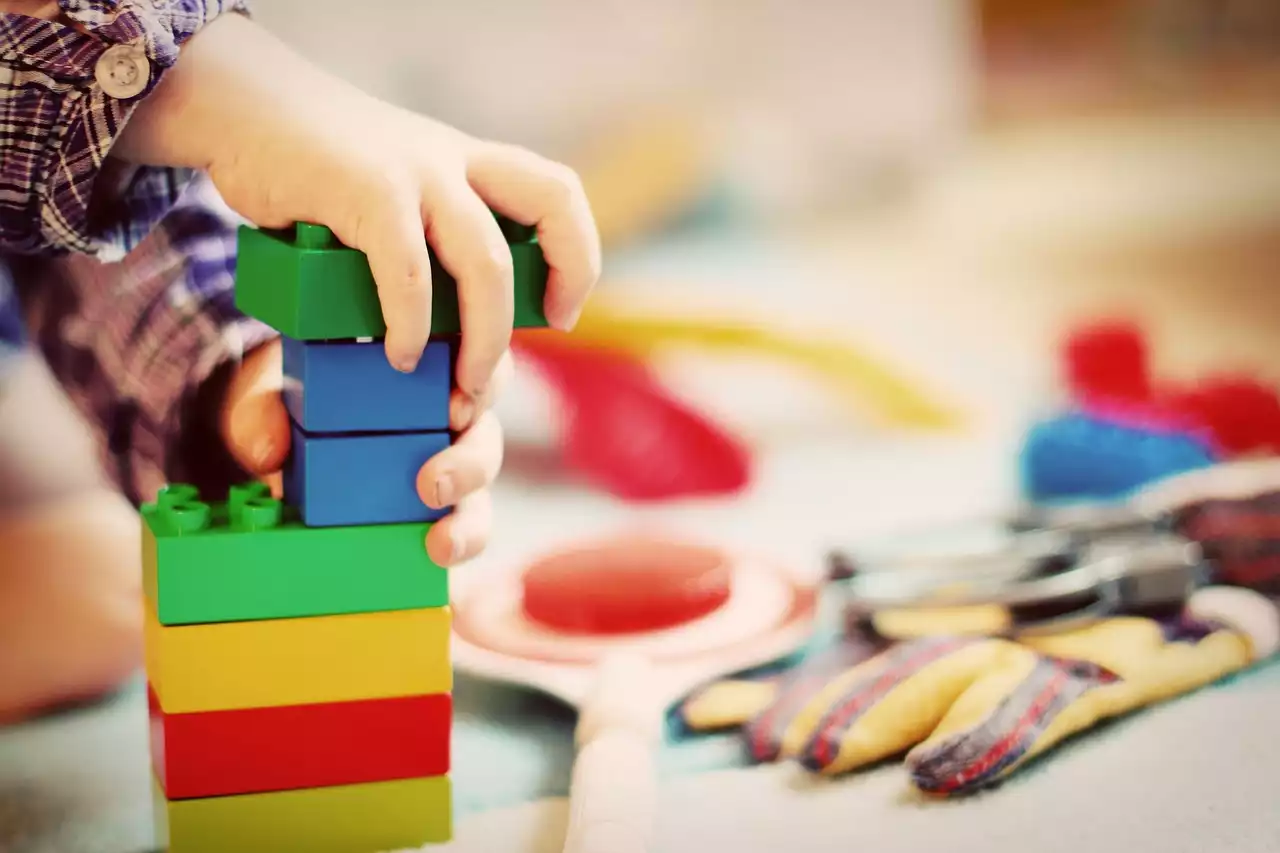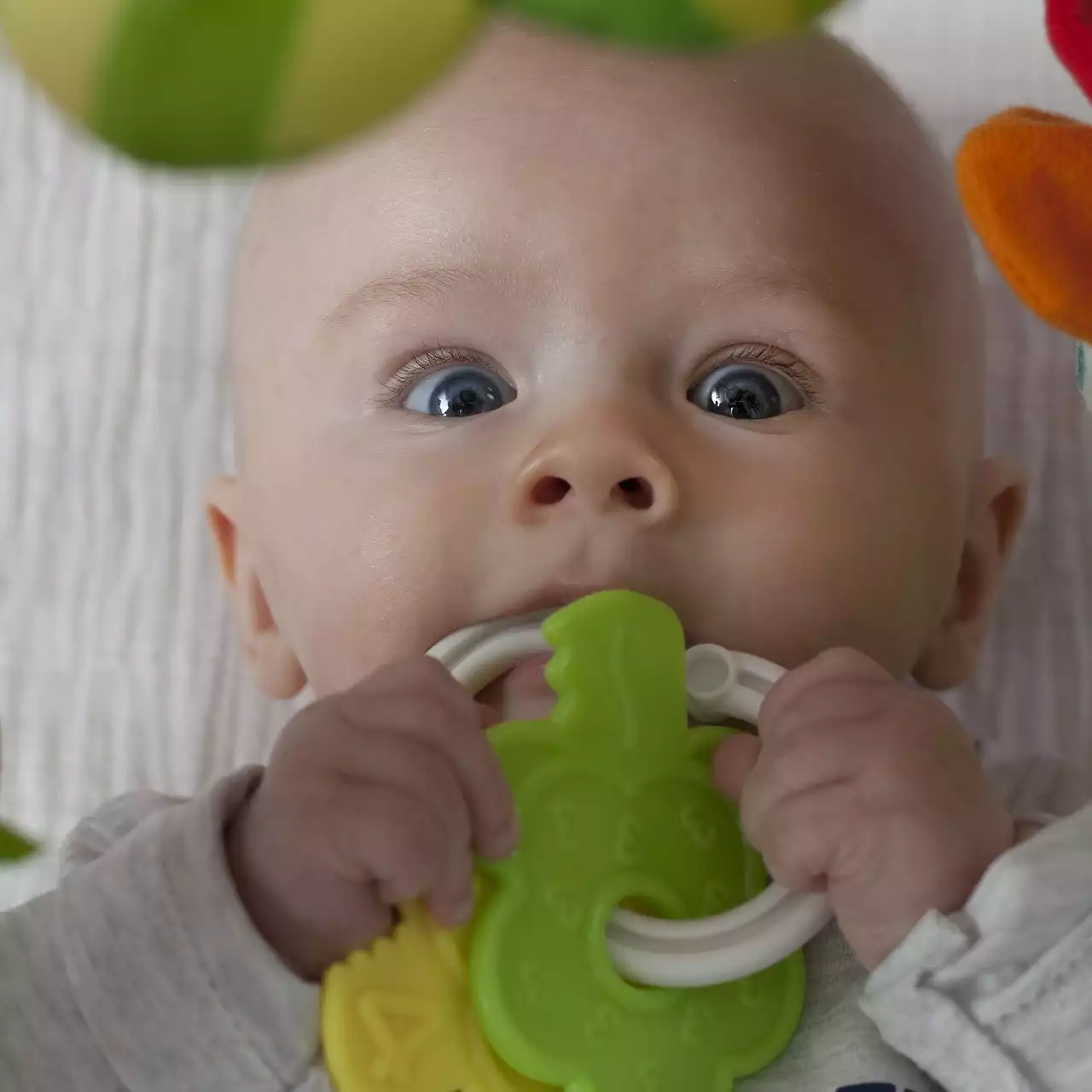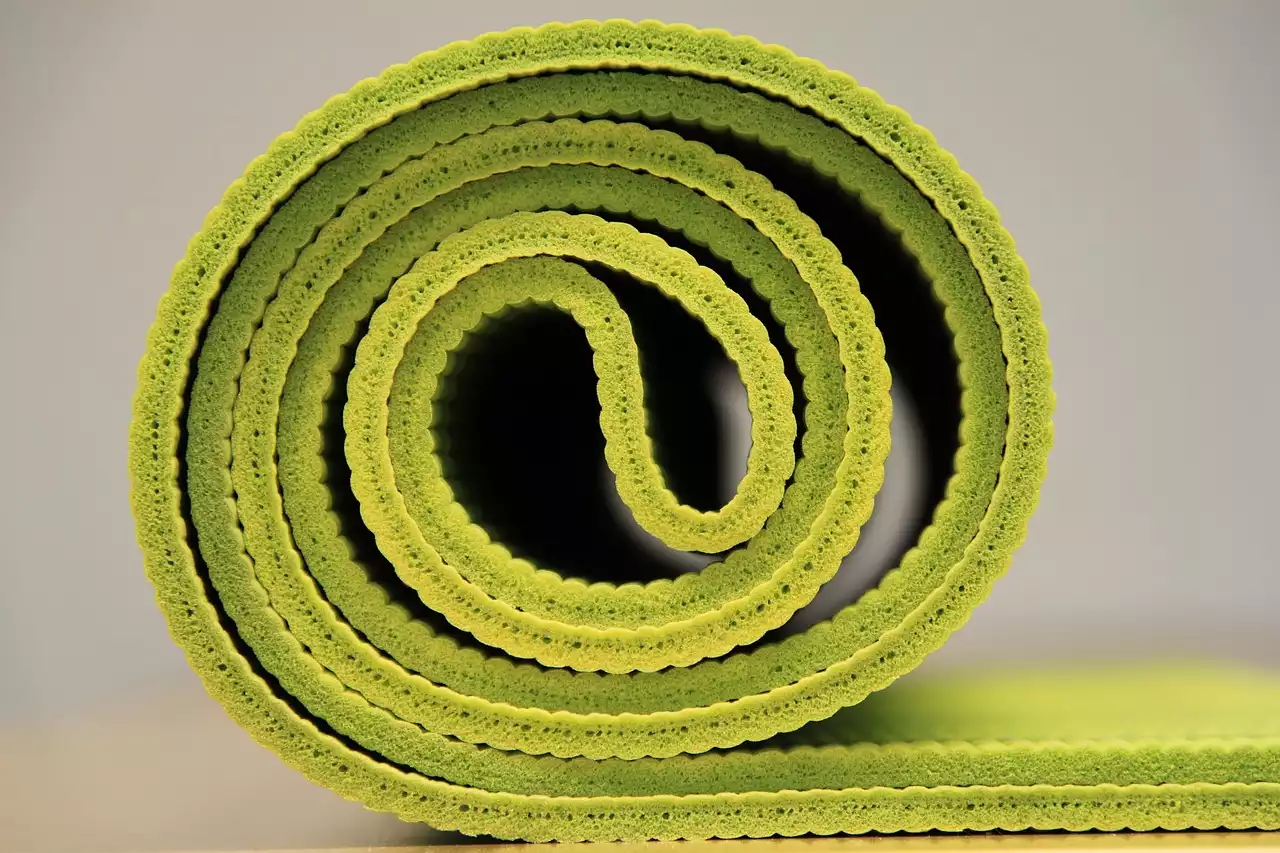What are Stacking Rings?
Stacking rings are colourful, plastic rings that babies can stack on top of one another to build simple towers. Stacking rings can be used as a toy for babies of all ages, though the toy may be used for different purposes at different stages of development. Newborns and infants can use stacking rings as teethers, while older babies can use stacking rings to practice fine motor skills and hand-eye coordination. Stacking rings can come in a variety of colours and designs. Some stacking rings are double-sided, with two different designs on each side. Some stacking rings also come with small rattles inside the rings, which can make stacking rings even more fun for babies. While stacking rings can be used as a toy, they can also be used as a teether. Babies can chew on the rings to help soothe their gums as they grow teeth. Stacking rings are also beneficial for babies who have already cut their teeth, as they can be used to strengthen the jaw muscles and help develop the hand muscles needed for handwriting.
Benefits of Stacking Rings
Stacking rings have a number of benefits for babies, including the following: - Develop fine motor skills. Stacking rings can help babies develop their fine motor skills, especially when stacking rings are stacked at an angle. When stacking rings are stacked at an angle, babies will have to use their hands to pull them out from the base rather than simply flipping them over. This can be helpful for babies who are just learning how to grasp and manipulate items with their hands. As babies get older and more advanced with stacking rings, they can start stacking the rings on top of each other horizontally as opposed to stacking them at an angle. This will help babies improve their hand-eye coordination, as they will have to look at the rings while they stack them to place them on top of each other. Stacking rings can also help babies learn basic problem-solving skills, as they will have to figure out how to stack the rings on top of each other and build towers with them. Types of stacking rings there are a number of different types of stacking rings, including the following. Double-sided stacking rings have two different designs on each ring. This can make stacking rings more fun for babies as they get older and are able to recognize the different designs on the rings. Rattle stacking rings include a small rattle inside each ring. This can make stacking rings even more fun for babies, while also providing a sound that babies can enjoy. Single-sided stacking rings have only one design on each ring. While single-sided stacking rings may be less interesting for babies who are older and can recognize the designs on the rings, they can be useful for babies who are just learning to stack the rings. Single-sided stacking rings are less colourful than double-sided stacking rings, which can make them easier for babies to focus on as they are just beginning to play with the rings.
- How to choose the right stacking rings there are a few things to keep in mind when choosing stacking rings for your baby. First, you’ll want to look for stacking rings that are brightly Coloured. This can help make stacking rings more interesting for babies, while also making them easier to see on the floor. You’ll also want to consider the material of the stacking rings. While many stacking rings are made from plastic, a growing number of stacking rings are made from wood. When choosing a stacking ring made from wood, you’ll want to make sure it’s made from a hardwood that is safe for babies to chew on.
- Other stacking rings are made from materials like silicone and fabric, which can be ideal for younger babies who may put the rings in their mouths. These materials can be softer than hard plastic and may be easier for babies to chew on if they are teething. - Finally, you’ll want to make sure the stacking rings you choose are age appropriate. You should look for stacking rings that are labelled with an age range, though you may also be able to judge the age range of the stacking rings by their design.
Ideas for Playing with Stacking Rings
Stacking rings can be played with in a variety of different ways. Here are a few ideas for playing with stacking rings. Stacking rings can be used as teethers for babies who are just beginning to cut teeth. Babies can chew on the rings to help soothe their gums as they grow teeth. Once babies are a bit older and more experienced with stacking rings, they can start to stack the rings on top of each other horizontally. This can help improve hand-eye coordination and can be a lot of fun for babies who are learning to build towers with the rings. As babies get even more advanced with stacking the rings, they can start to stack the rings on top of each other at an angle. This will help babies develop their fine motor skills. Stacking rings can also be used as a puzzle for babies. You can put the rings in a basket or in a small container, and then ask your baby to put the rings back together. This can help develop problem-solving skills and can be a fun way to play with the rings.
Safety Considerations
Stacking rings are generally safe for babies, and most babies can enjoy stacking rings from a young age. That being said, you should keep a few things in mind when playing with stacking rings with your baby. Stacking rings can be pretty small, but you should still make sure they are the right size for your baby. If the rings are too big, your baby may be able to swallow them, which could be dangerous. Be wary of choking hazards: While stacking rings don’t pose many choking hazards, you should still be careful to watch your baby while they’re playing with the rings. If your baby attempts to put a ring in his or her mouth, try to take it away as soon as possible. You don’t want to use stacking rings that are flimsy, as they can fall over easily and cause injury to your baby. Instead, look for stacking rings that are made from a sturdy material and aren’t likely to fall over easily.










